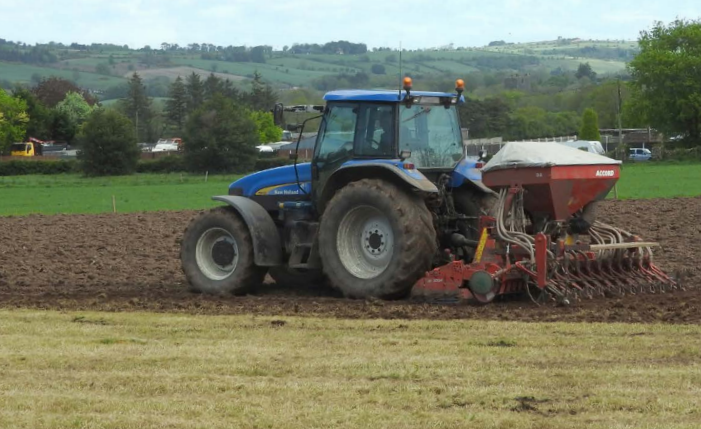Reseeding after a dry summer
Friday, 26 August 2022
As we creep towards the end of August, those still considering an autumn reseed are advised to assess conditions and closely monitor each paddock’s performance, to identify those that will benefit most.
While soil temperature is likely to be higher for longer this year following a dry summer, adequate soil moisture levels are crucial for a successful reseed.
The first steps are assess field performance, soil moisture and structure.
If soil moisture is not a concern and you tick two or more of the checklist below, reseeding should be considered.
- Sward productivity has fallen significantly
- Proportion of sown species has fallen below 60%
- High levels of native grasses and weeds are present
- Significant evidence of soil compaction, especially at depth
When deciding on a cultivation method, this year it is crucial to use a technique that will retain as much soil moisture as possible, as good moisture is needed for a successful germination.
In preparation for reseeding, graze or cut the old grass sward tightly and, following a short period of regrowth, spray off with herbicide. Cultivations can usually begin seven to ten days after spraying, but it is important to check the product recommendations.
Top tips for reseeding:
- Cultivate soil to the appropriate depth – it can be sufficient to have the second cultivation pass shallower than the first, e.g. a power harrow at 10 cm and then 5 cm depths can give a firm seedbed
- Create a fine, crumbly tilth
- Sow seed within 1–2 cm of the soil surface. For very small seeds, such as clover, sow at a depth of less than 1 cm
- Roll the seedbed well after drilling to ensure good seed-to-soil contact. This should also help to reduce problems with slugs and leatherjackets
- Graze the reseed as soon as it’s not possible to pull the plants out of the ground – usually at the two-leaf stage or 2,200‒2,500 kg DM/ha
- Remove stock at 4 cm to avoid overgrazing and poaching
For further information see AHDB GREATsoils and Healthy Grassland soils factsheet



